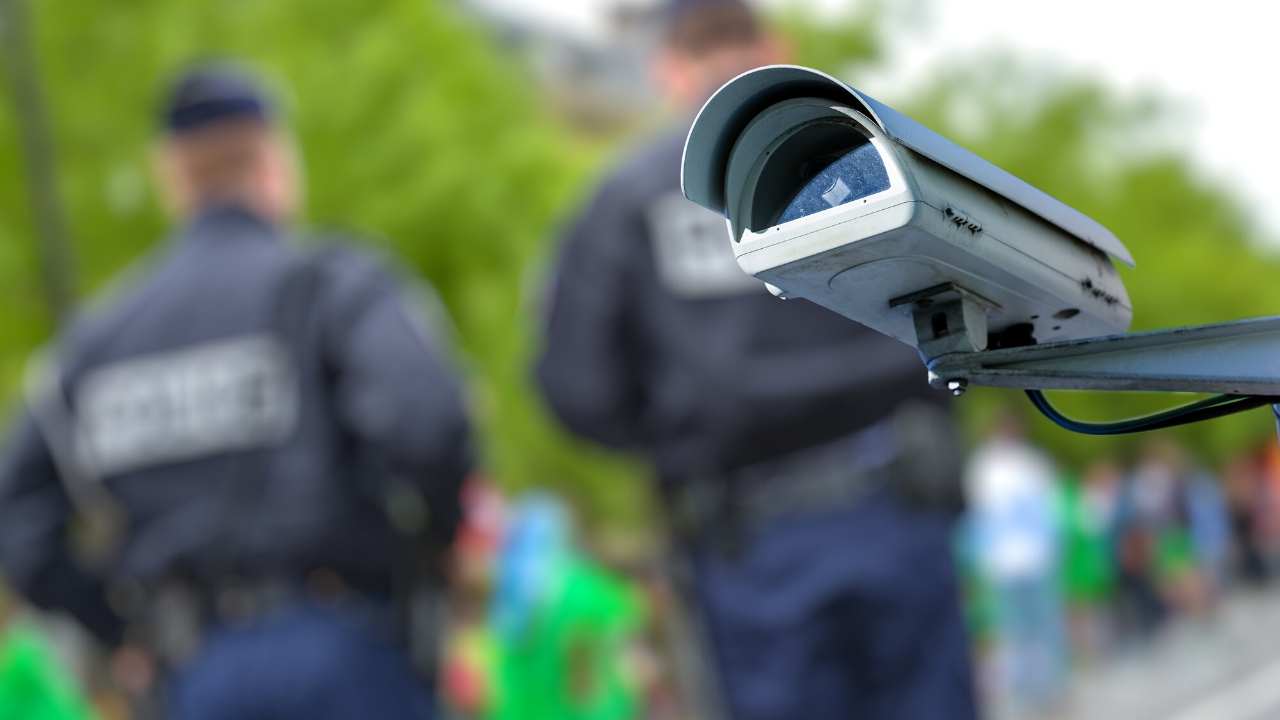
Research carried out by Alejandro Corvalán, a professor at the Department of Industrial Engineering at the University of Chile and a researcher at the MIPP Millennium Institute, together with Matteo Pazona, an academic at Brunel University in London, argues that inequality not only increases incentives to commit crimes, it also generates incentives for the protection of potential victims.
Inequality and crime are persistent problems in the public debate in Chile. In 2017, Chile ranked fourth in the ranking of inequality among OECD countries, with a Gini index of 0.45. On the other hand, the 2021 victimization survey (ENUSC, 2021) shows that Chileans consider crime one of their most relevant problems, while the perception of an increase in crime in the country reached 86.9 percentage points.
In this context, is there a relationship between inequality and crime? This seems to be the common opinion of the public and the media. In fact, several academics who have studied the determinants of crime have pointed to inequality as one of its main causes. For example, Gary Becker, one of the first researchers to model criminal decisions as a rational choice made by individuals.
A Chilean-British investigation investigated the relationship between these variables. The study, developed by Alejandro Corvalán, a professor at the Department of Industrial Engineering at the University of Chile and a researcher at the Millennium Institute for Research on Market Imperfections and Public Policies (MIPP), together with Matteo Pazzona, an academic at the Brunel University of London, argues that when inequality increases, the incentives to commit a crime actually increase. On the other hand, this same increase in inequality also generates incentives in the richest groups to increase their level of protection. The reason is that, in an unequal environment, the latter have more resources to spend on protection and have more to lose if their property is stolen.
In other words, as income disparity within a society grows, the motives for low-income people to engage in criminal activity also increase. However, in a context of high inequality, the wealthiest people invest in dissuading those who wish to appropriate their resources. The research, published in the journal Economic Letters, examines this double effect of inequality in an equilibrium model of crime and private protection, which shows that inequality unequivocally increases investment in private protection, but the relationship between inequality and crime is ambiguous, depending on how protection responds to private investment.
Protection against private crime is becoming increasingly important in modern societies, and private security guards now outnumber public officials in many countries. Likewise, the evidence that inequality and private protection are positively associated abounds. A 2014 New York Times article by Samuel Bowles and Arjun Jayadev shows that the number of employees in private protection services per total workforce increases with the Gini inequality index.
This evidence implies that inequality is operating in two different dimensions. On the one hand, the increase in income differences between rich and poor increases what economists have called the “crime supply”, which is related to the incentives that agents have for committing crimes. But, at the same time, the demand for protection against crime also increases or, in economic terms, “the demand for crime” decreases.
Therefore, they argue that the net effect of rising inequality on crime is ambiguous because these two forces are working at the same time. The inequality can change, but which effect occurs first will depend on the elasticity of the two curves. The paper developed a simple theoretical model to make sense of the ambiguity found in the empirical literature on the relationship between income inequality and crime. Thus, it was shown that inequality affects the supply of crimes but also, simultaneously, the private demand for protection.
Finally, the model also shows how an increase in income inequality unequivocally leads to greater investment in private protection, results that have some relevant implications and call for a deeper theoretical understanding of the role of inequality in crime. On the other hand, the research shows how private protection is a direct consequence of unequal societies.
MIPP Chile 2024